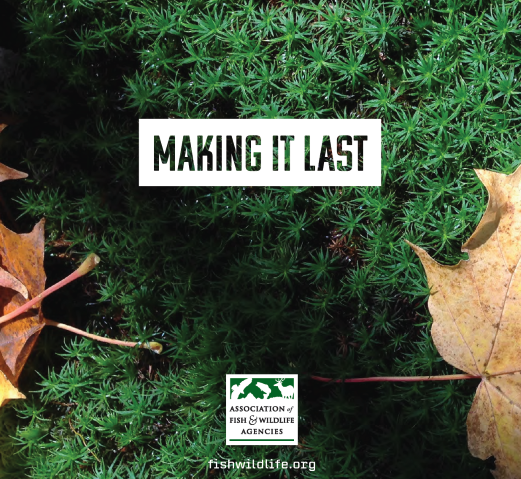We trust our elected officials and their appointees to honor the duties of their offices by serving the public interest to the best of their ability. Government officials and the institutions they manage rightfully lose our respect when they breach this public trust and defy the common good.
Since its creation, the Indiana Department of Natural Resources (IDNR) has operated under a patchwork quilt of arcane, increasingly clandestine practices and policies. These policies have become normalized and are used to justify conduct that has strayed further and further from the agency’s primary mission and core legislative mandate.
IDNR exists, fundamentally, for one reason: To serve as the trustee for Indiana’s wildlife and public lands while acting as the steward of public assets for an uncertain future.
In 2018, CWE sued IDNR because the agency was undermining its primary stewardship mission, among other things.
CWE discovered the agency had used a series of temporary rules for more than a decade to exclude the public from participating in the agency’s policy-making decisions that promote IDNR’s controversial agenda surrounding public lands and wildlife use. The agency’s misuse of the temporary rules went on for so long it became ingrained in the agency’s culture.
CWE’s litigation shines a bright light on IDNR’s process and policy in the interest of public involvement. The IDNR has the authority to restrict public access to the state parks for legitimate purposes and in the interest of safety. This is not, and has never been, in dispute. But the agency’s power of restriction does not extend to the public’s access and full participation to the decision-making process.
The Indiana Attorney General’s recent press release mischaracterizes CWE’s claims and seeks to convince the public that IDNR’s failure to include the public in the agency’s decision-making processes is perfectly fine.
Only a deeply cynical view of justice could motivate someone to claim victory when an unpublished opinion from the Indiana Court of Appeals “upheld the… years of rule-making by the DNR” – without any public input.
Public participation is a fundamental democratic principle that must be honored by Indiana’s Chief legal officer and other appointed public officials. The Appellate Court’s ruling cannot stand.
CWE’s Petition for Rehearing can be found here.





